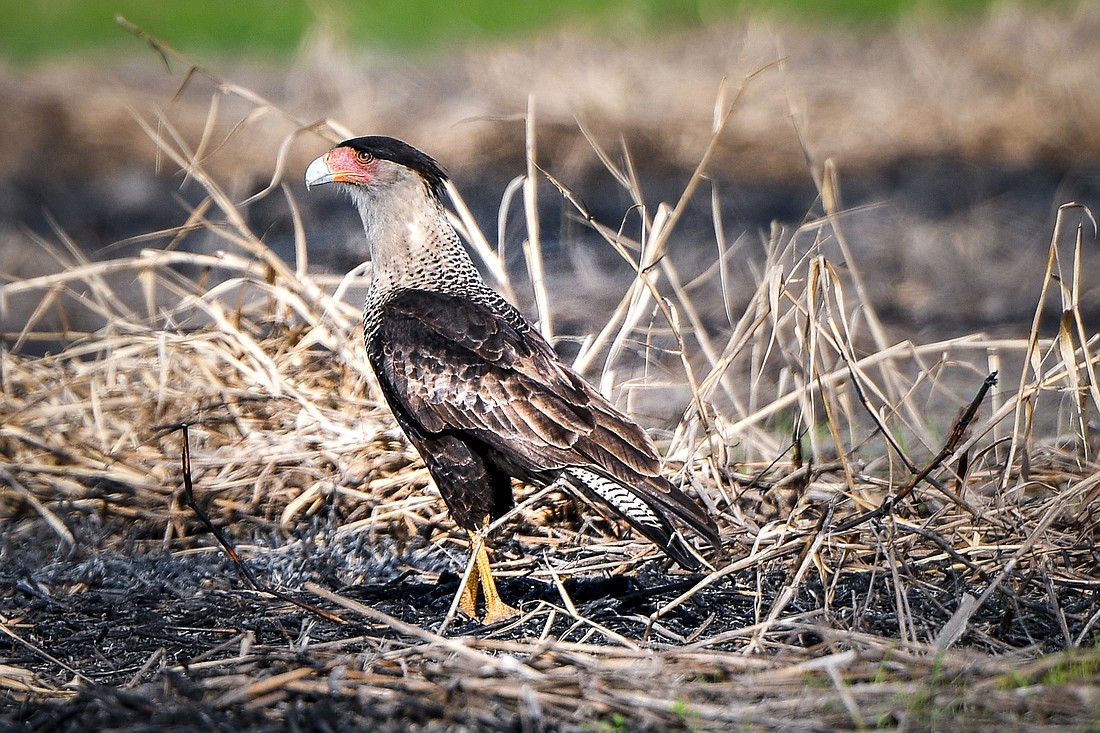- December 20, 2025
-
-
Loading

Loading

Fire, as result of lightning, is one of the primary natural forces that shapes Florida’s ecosystems and is critical for the health of 78% of Myakka River State Park. And the Florida dry prairie, a globally imperiled ecosystem endemic to Florida, is the largest fire-dependent community in the park.
Fire is essential for the proliferation of diverse native flora and fauna in the Florida dry prairie, the second most biodiverse ecosystem in North America. Myakka’s dry prairies were species-rich prior to 46 years of fire exclusion, which began in the mid-1930. At the time, the Civilian Conservation Corps, which built the park, instituted a strict no-burn system, maintaining that all fires were bad. They even had a parade through downtown Sarasota celebrating the end of fires.
Alteration or suppression of fire leads to significant changes in a fire-dependent ecosystem. For example, many fire-dependent species aren't able to thrive in the dense vegetation which forms in a fire-deprived habitat. In fact, during the years of fire exclusion, many native species, including the federally threatened crested caracaras, were not observed residing in the park.
Caracaras, largely dependent on the open, treeless habitats of the dry prairie landscape, are important yet increasingly scarce yearlong residents of Florida dry prairies.
The loss of the Florida dry prairie and its inhabitants would mean the loss of an important natural community that would never exist on Earth again. Therefore, a focus of Myakka's Florida Park Service staff is the restoration and maintenance of the park’s extensive dry prairie, with prescribed fire being an important tool in this process.
Prescribed fires are planned burns, where fire is intentionally, and safely, lit. In addition to such variables as temperature, humidity, wind and vegetation moisture, burn plans have to consider factors including conditions for smoke dispersal and impact on air quality.
Extensive suburban development around the park will likely progressively restrict the ability to effectively use prescribed fire. This highlights the importance of supporting and maintaining conservation easements and other buffer lands around protected public lands, to ensure the health of our critical, imperiled natural areas.
Friends of Myakka River exists to support Myakka River State Park and the Wild and Scenic Myakka River. Together, we're protecting and sharing Myakka's Magic, to the benefit of future generations, and our own. Follow us @FriendsofMyakkaRiver.